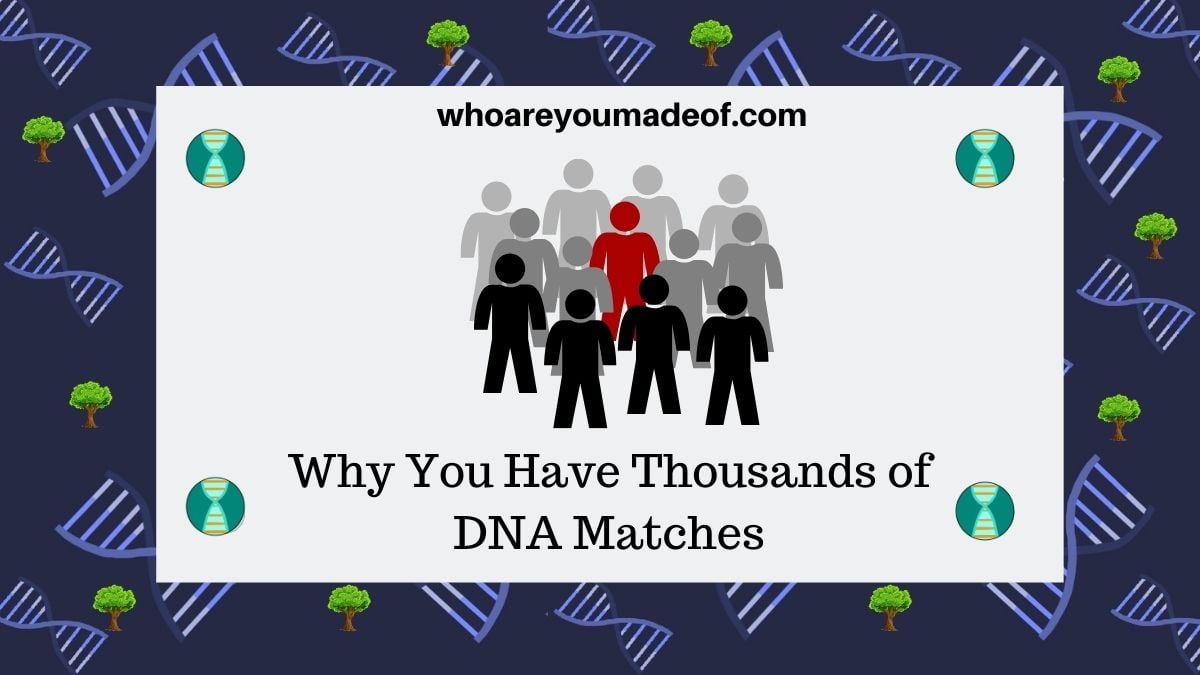

Look for people, surnames, or locations that match the information you already know about your brick-wall ancestor. Use the shared or “in common with” feature provided by your DNA testing company to identify other DNA matches connected to the same brick-wall ancestor. To identify these clues, you’ll need to use information about your brick-wall ancestor (the ancestor whose family line ends or who you’re trying to find more information about).First, identify other descendants of your brick-wall ancestor who have also taken a DNA test (or ask other descendants to take a DNA test). If your research hits a brick wall due to immigration or migration, name changes, or missing records, DNA may suggest clues that can lead you to new relatives, surnames, or locations. Using DNA to Find New Avenues for Research Confirm your relationship by asking other living descendants to take a DNA test. This approach provides a starting point for traditional research, as this common ancestor is possibly related to you and your unknown relative.As you research the descendants of this common ancestor, look for dates and places that match the information you know about yourself and your unknown relative. Compare trees with these matches, and try to find an ancestor who appears in more than one of the trees. With these set aside, you can focus on matches that might lead you to your unknown relative. When a whole group has matching DNA, it may mean they all share a common ancestor.Compare trees with some of these matches to see which groups are connected to your known parents or grandparents, and set these aside. Many companies help you do this sorting by using a shared or “in common with” feature to show you matches that share DNA with each other. To find an unknown parent or grandparent, start by sorting your DNA matches into groups.

Using DNA to Find an Unknown Parent or Grandparent Here are some common problems that DNA can help with and strategies for tackling these brick walls with your DNA test results. Strategies for Overcoming Brick Walls with DNAĪfter you’ve taken a DNA test, various strategies can help you break through your brick wall problem. If your brick wall involves your mother’s maternal family line, this DNA test may be helpful (although an mtDNA test will naturally have a higher margin for error in the maternal line than a YDNA has in the paternal line).

The mtDNA test will provide a maternal haplogroup and DNA matches for the maternal line. The mtDNA Test-This DNA test can be taken by males or females, but it looks only at the genetic markers of your mother’s maternal line.If a father’s family line is in question, this DNA test may help break down that brick wall. The YDNA test can provide relative matches and a paternal haplogroup. The YDNA Test-This DNA test can be taken only by a male, as it is used to track the Y chromosome passed from father to son over the generations.An Autosomal DNA Test-This DNA test can be taken by males or females and will typically give you DNA matches within about 5 to 6 generations on both your mother and father’s sides of the family.But with many types of DNA tests, how do you know which one to use? Below is a quick summary of three types of DNA testing that can help the most with brick walls. There are several DNA companies that provide opportunities to find relatives in what is generally called a “DNA match list.” DNA cousin matches are people whose DNA significantly matches your own. Three Types of DNA Testing You Might Use to Overcome Brick Walls A genealogy DNA test can work alongside these methods and help break through a brick wall when nothing else can. When you are unable to find information to go back any further in your family tree, DNA testing might help you break through these research barriers.To get through a brick wall, successful genealogists often start by using traditional research methods and tried and true techniques. Today, many people are turning to DNA testing to overcome brick walls in their family history research.


 0 kommentar(er)
0 kommentar(er)
